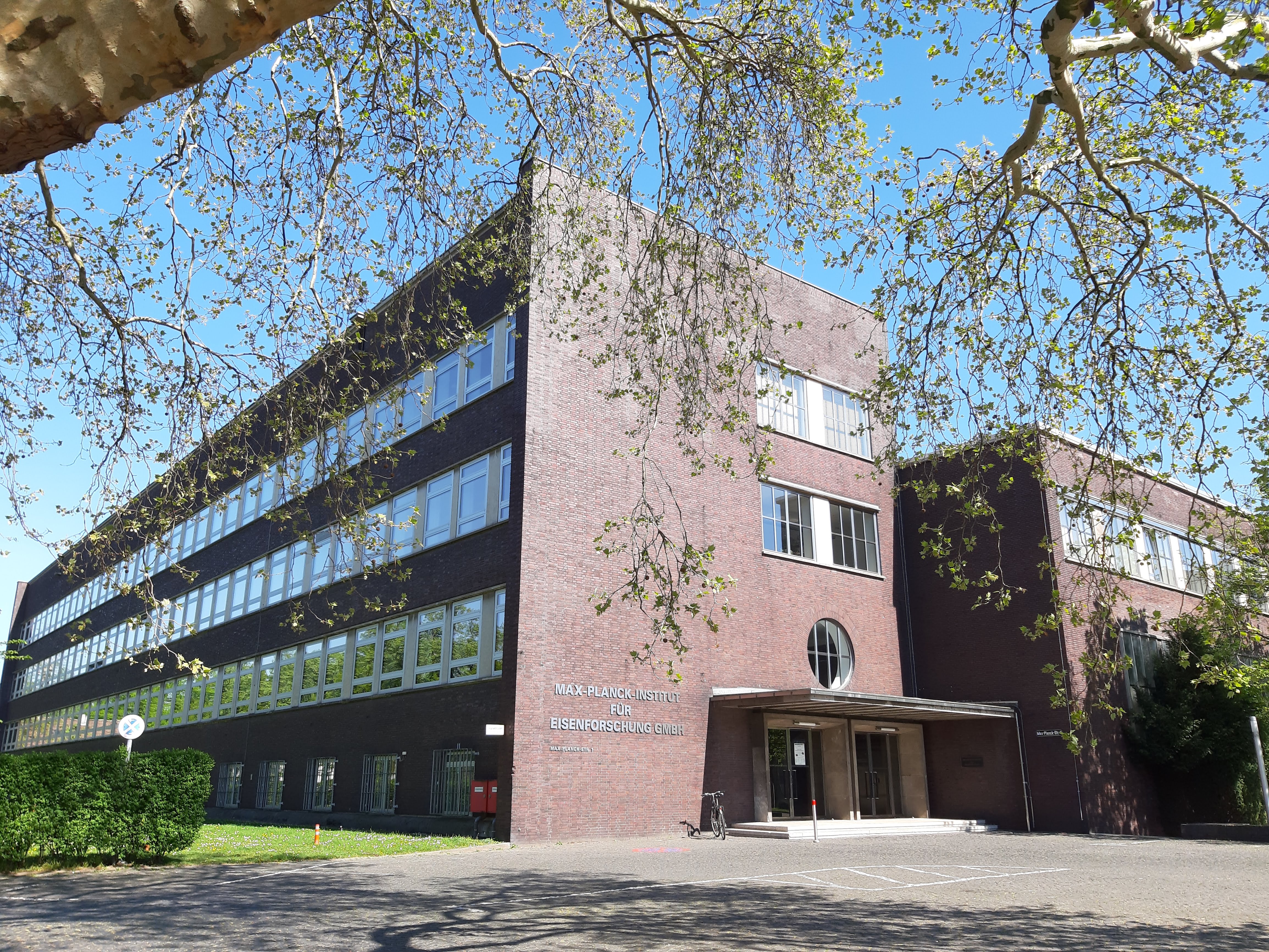Scroll to Section:
On an atomic scale, the area of a material in which different crystalline structures come together is known as a grain boundary. In this video, LIAM HUBER investigates the behavior of alloying elements at grain boundaries. Identifying impracticalities in quantum mechanical simulation, Huber uses classical simulation to study how atoms behave at the grain boundary and how this influences the properties of that grain boundary. Huber also employs machine learning to make predictions and to extend the insights provided by the study. Going forward the research will seek to further explain the influence of a range of variations including, most significantly, temperature.
DOI:
https://doi.org/10.21036/LTPUB10936
Institution

Max-Planck-Institut für Eisenforschung
Novel alloys for automotive lightweight design and airplane turbines, materials for sustainable energy conversion and storage, and the development of big data and machine learning methods – these are just a few examples of the research areas that are being investigated by the scientists of the Max-Planck-Institut für Eisenforschung. The team of engineers, material scientists, physicists, and chemists develops tailored materials and methods for mobility, energy, infrastructure, and information. To this end, the researchers study complex materials with atomic precision under real environmental conditions.
Show more
Original publication
A Machine Learning Approach to Model Solute Grain Boundary Segregation
npj Computational Materials
Published in 2018
Reading recommendations
The Spectrum of Binding Energies Approach to Grain Boundary Segregation
Metallurgical Transactions A
Published in 1977
Spectrum of Grain Boundary Segregation Energies in a Polycrystal
Acta Materialia
Published in 2019
Beyond
A Ground-breaking Scientific Revolution
An Alarming Challenge for Society
If I Had a Second Life
A Personal Reading Recommendation